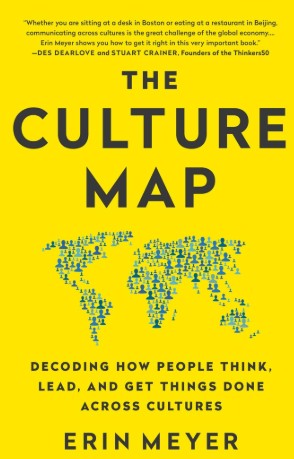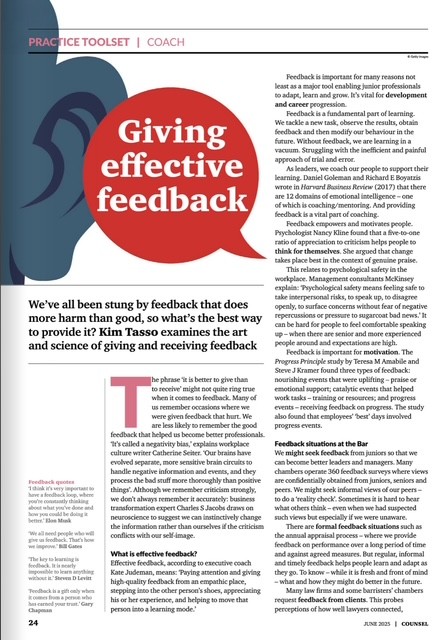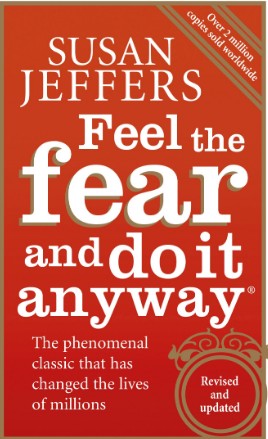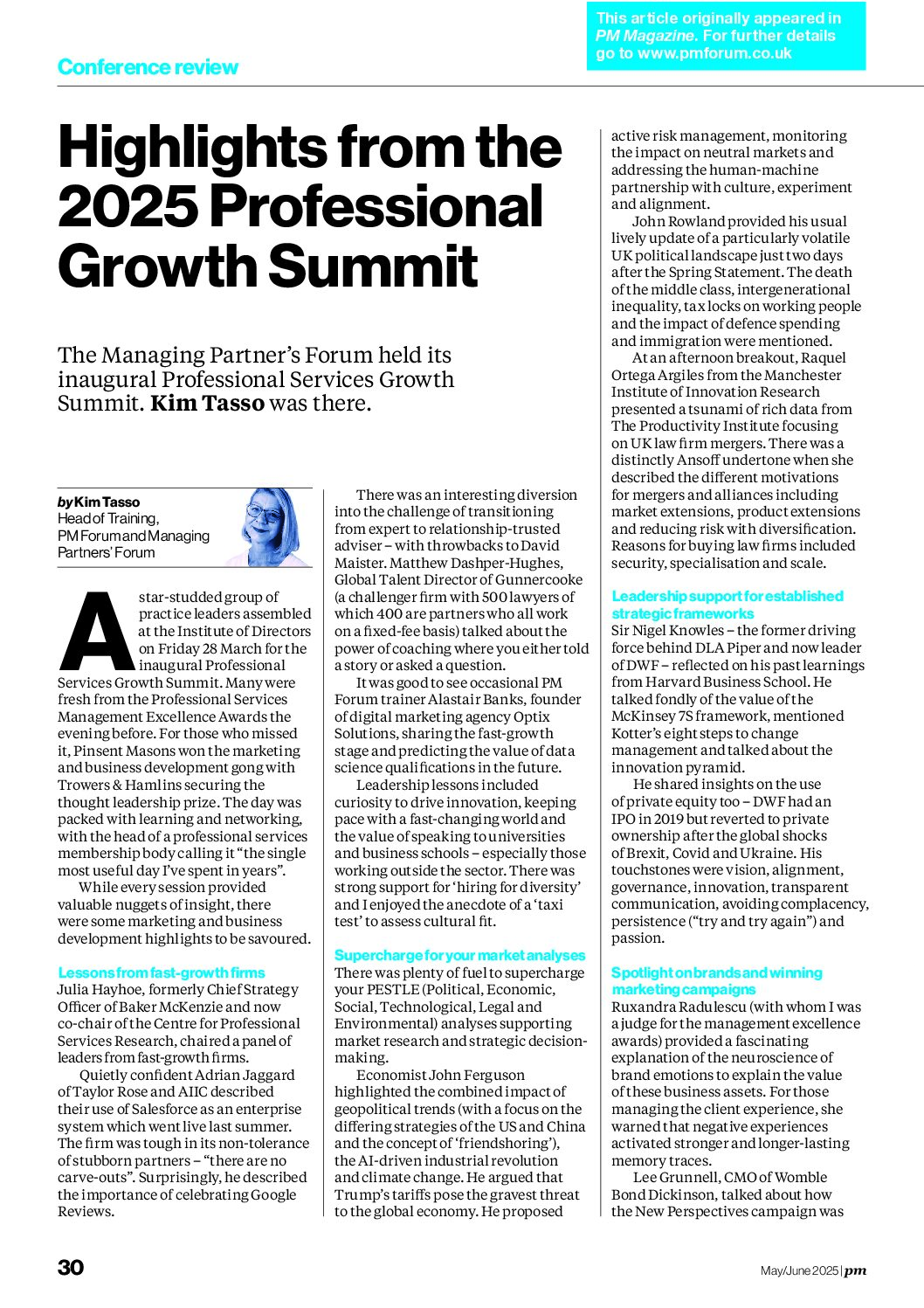
These were just a few of the themes igniting the passions of marketing and business development people from professional service firms at the recent PM “Stakeholder management and buy-in” training workshop. I think it’s fair to say that there was a little therapy going on before we got down to business on effective strategies and tactics.
Bottlenecks and Bulldozers
Bottlenecking and bulldozing are common behaviours encountered by folk who are trying to implement marketing and business development plans. Bottlenecks are where (usually) partners want to see everything for approval before it can be used – but because they are so busy tend to sit on stuff for ages. Bulldozers are those who push on with what they want to do and the way they want to do and when they want to do it regardless of what anyone else thinks or suggests.
We spent some time using psychology to understand different personalities and cognitive styles. In particular, we looked at the reasons why some people need a high degree of autonomy and control – like both our bottlenecks and bulldozers – and strategies on how best to deal with them. Here’s material on dealing with difficult partners – http://kimtasso.com/faq/how-do-i-deal-with-difficult-partners/ – although please remember to frame this as difficult behaviours rather than label people as being difficult.
Caught in the cross-fire?
There are often situations where marketers and BD professionals can get caught in the cross-fire. That’s where one partner or group of partners requires one set of actions and another partner or group of partners requires a contradictory approach.
This is a particularly tricky scenario as it really isn’t down to the poor marketing and BD folk to resolve partnership rivalries and conflicts that may have endured for many years. So, as part of the stakeholder mapping process, it is important to identify your sponsors and champions who can lend their assistance in navigating the perilous path of partnership politics.
“In with the in crowd”
Bryan Ferry was in with the in crowd. Lucky him. In professional firms there’s often a case of “them vs us”. You may find yourself with the out crowd if you are on the support team, a junior fee-earner or simply have a different point of view.
Psychology offers some insight into how to overcome these barriers – in-group bias research indicates that if we believe that someone else is in a group to which we belong, we will have positive views of them and give them preferential treatment. This works because we build our self-esteem through belonging, and the presence of someone from an in-group reminds us of that belonging. Therefore the advice is to find ways to make yourself and the other person a part of the same group, and they will be biased towards you.
This is similar to social identity theory. When we belong to a group, we are likely to derive our sense of identity, at least in part, from that group. We also enhance the sense of identity by making comparisons with out-groups. So the advice is to invite the person into a group which is adopting the behaviours you want – e.g. partners who are already participating and successful.
“She moves in her own way”
Remember the Kooks song? Possibly an updated way to describe how achieving change in a professional service firm is a little like herding cats. Yes, those partners are smart and determined – and sometimes a little fixed in their ways – so they are going to continue to do their own thing, their own way and on their own. There was an exploration of comfort zones here.
We touched on change management (I recommended a book by Chip and Dan Heath for a simple introduction http://kimtasso.com/change-management-book-review-switch-how-to-change-things-when-change-is-hard-by-chip-and-dan-heath/). Along with the need to engage both rational and emotional elements when seeking change, we also need to be very specific about exactly what we want people to do. We talked about ways to really break down any processes so it is crystal clear what small, baby steps need to be taken to initiate some action in the short term.
We also considered one of the leading models (Beer, Eisenstat and Spector) of change management which focuses on engagement and suggests the following stages:
- Mobilize energy and commitment through joint identification of business problems and their solutions
- Develop a shared vision of how to organise and manage for competitiveness
- Identify the leadership
- Focus on results, not on activities
- Start change at the periphery, then let it spread to other units without pushing it from the top
- Institutionalise success through formal policies, systems and structures
- Monitor and adjust strategies in response to problems in the change process
Sell the sizzle, not the steak
To achieve buy-in we have to use our powers of persuasion – as outlined so elegantly in the various books by psychologist Robert Cialdini http://kimtasso.com/faq/how-can-i-improve-my-persuasion-skills/
The other tools in our toolbox are the range of selling skills including empathy, rapport and trust as well as answering the “what’s in it for me?” (WIIFM) by referring to the benefits.
Here we considered how to explain that the horrid feast and famine cycle experienced by many fee-earners can be averted by an integrated approach to building and developing a sales funnel or sales pipeline. Also, we should remember the wise words of Peter Drucker: “The aim of marketing is to make selling superfluous” which is particularly relevant in the professions where selling is often still a dirty word.
Pull don’t push
Another important idea we discussed is how we shift from a “push out ideas” communication approach to a “pull in their interest” approach. Much like the shift we have seen in mainstream marketing over the past few years – where the old approaches of mass marketing where messages are broadcast and pushed out to the market have been replaced by the pull approaches of inbound marketing where we capture interest through digital marketing strategies including search engine optimisation and on-line content management. In effect this boils down to asking questions and listening carefully to fee-earners rather than telling them what to do.
I have a cunning one-page plan
We all acknowledged that there needed to be a variety of plans to support our work: Business plans, marketing plans, business development plans, project plans and client plans. And these plans are stuffed full of detailed analyses, cost-benefits analyses, objectives, strategies and action lists. We need these to enable us to manage complexity.
However, these detailed plans are for our use. And also for the management team. It is unlikely that the average partner or fee-earner will have the time or inclination to read past the first page or the executive summary.
So. Keep it simple. Find a way to encapsulate your vision and the plan on a single sheet. Use graphics and infographics if that’s the norm in your firm. But allow people to grasp the big picture before you start to discuss their role in the fine detail.
Course outline
Further details http://www.pmforum.co.uk/training/
Strategic: Managing stakeholders
- Importance of stakeholder management
- What are you trying to achieve?
- Identifying and prioritising stakeholders (power and
- interest)
- Understanding key internal and external stakeholders
- Communicating and engaging with stakeholders
Operational: Achieving buy-in
- What is buy-in?
- 7 P toolbox for achieving buy-in:
- People
- Psychology
- Process and precision
- Plan
- Persuasion
- Pressure
- Patience
- Simple change management models









